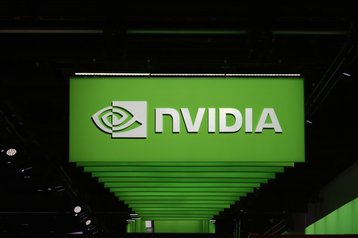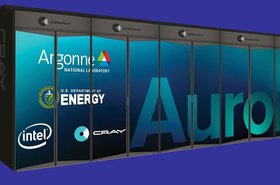Nvidia has reportedly increased orders with chipmaker TSMC for its incoming Blackwell GPUs by 25 percent.
According to a report from United Daily News (UDN), Nvidia had been expecting to ship a total of 40,000 Blackwell units. That figure has since been upgraded to 60,000, with the GB200 NVL36 accounting for 50,000 units.
Comprising of 36 GB200 super chips, 18 Grace CPUs, and 36 enhanced B200 GPUs, the GB200 NVL36 will have an average sale price of $1.8 million, according to UDN reported industry estimates. Meanwhile, the GB200 NVL72 – which contains double the hardware of the NVL36 – will have an estimated price of $3m.
Individual B100 GPUs are expected to be priced between $30,000 and $35,000, while the GB200 Superchip has an estimated price of between $60,000 and $70,000.
The increased order request is likely to provide a substantial boost to TSMC’s financial outlook for the second half of this year.
First unveiled in March 2024, the Blackwell GPU family is set to be available later this year.
Manufactured using a custom-built, two-reticle limit 4NP TSMC process with GPU dies connected by 10TBps chip-to-chip link into a single, unified GPU; Blackwell chips have 208 billion transistors, an increase on the 80bn in the Hopper series. It is twice the size of the Hopper.
The GPU also includes a second-generation transformer engine and new 4-bit floating point AI inference capabilities. It features a new dedicated engine for reliability, availability, and serviceability, with AI-based preventative maintenance to run diagnostics and forecast reliability issues.
Last month it was reported that testing and packaging services firms were scrambling to meet the growing demand for Blackwell GPUs. In addition to being overwhelmed with orders, the testing process for the Blackwell-series is significantly longer than that of the previous Hopper-series.
The increased power consumption of the Blackwell chips has also reportedly caused challenges, with the testing companies needing to increase the capacity of their burn-in test chambers from 600W to 1kW.







